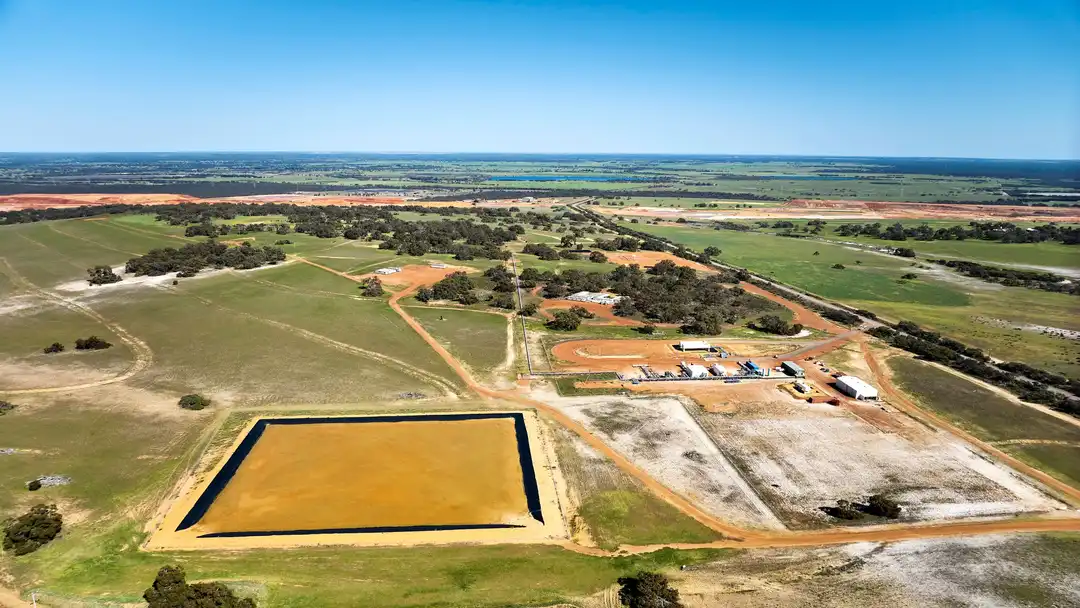Gas production
MinRes aims to integrate lower-emission and renewable energy solutions across our operations, including using natural gas to drive the company’s pathway towards a more cost-effective and cleaner energy future.

Gas
Red Gully Processing Facility
The Minres-owned Red Gully gas processing facility is located in GinGin and is a 10TJ per day capacity facility.
Subject to gas success in the southern Perth Basin, the facility is ready to be brought back into production in the near-term to support the domestic gas market.



